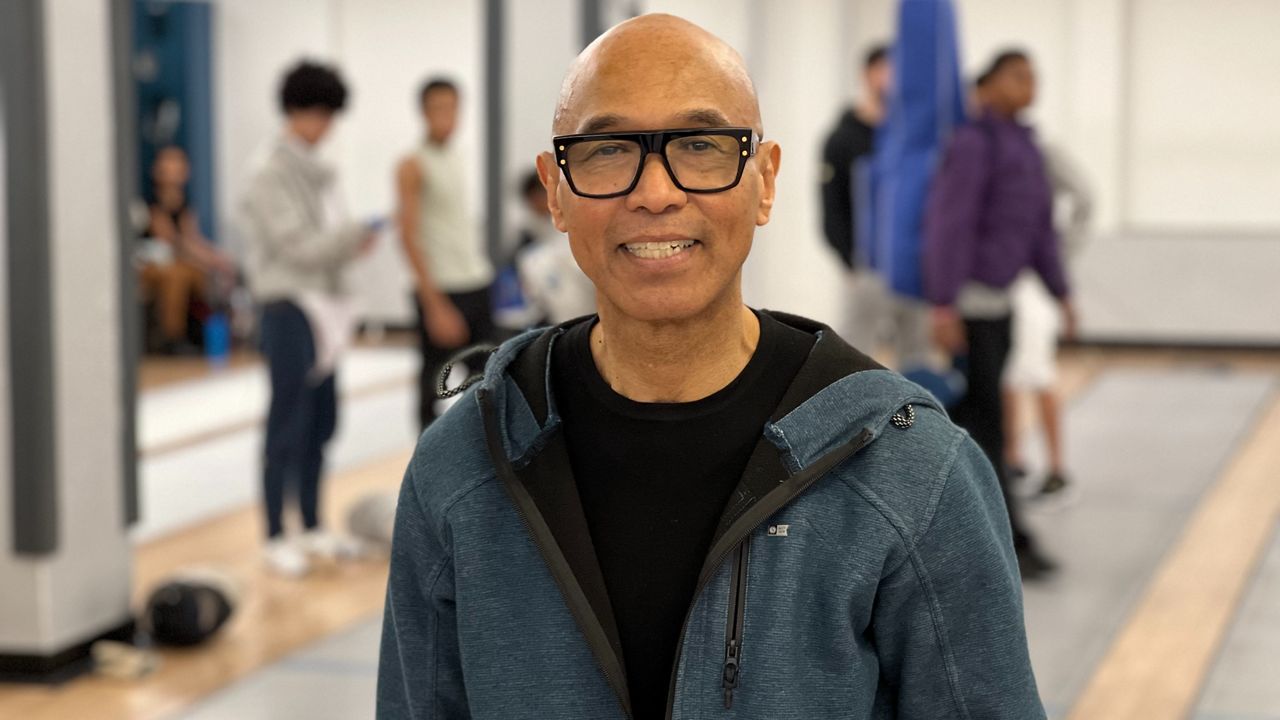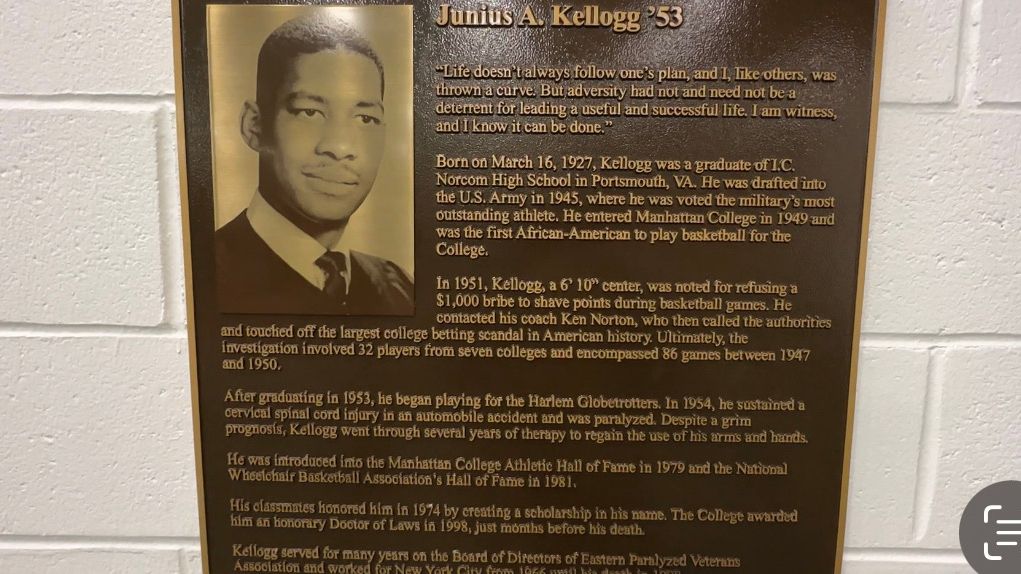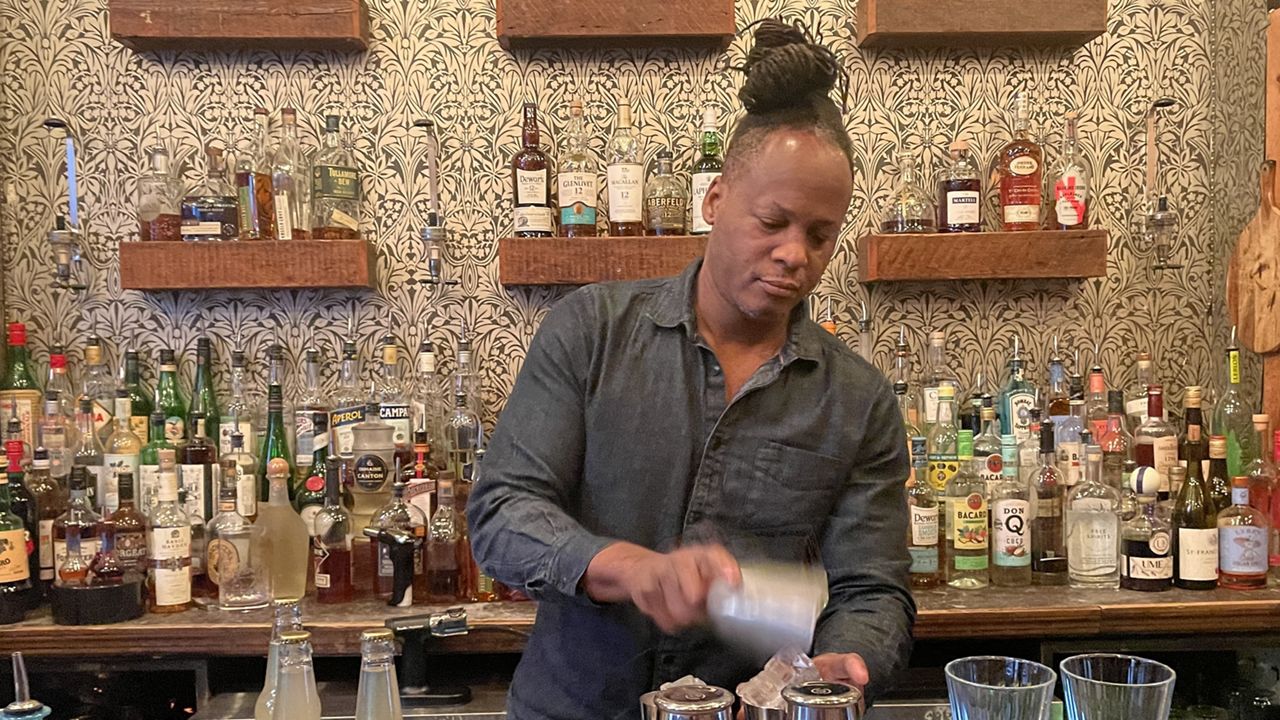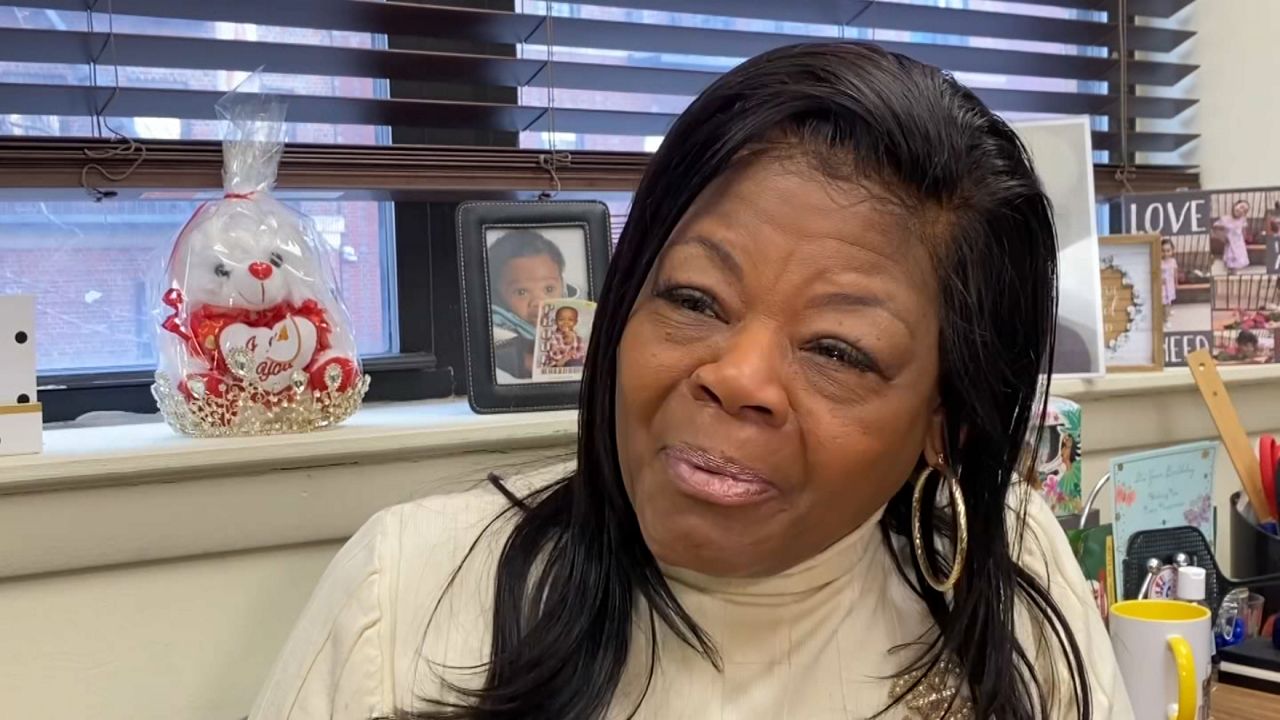A homeowner in the Hudson Valley is working to restore her property, which historians believe was once used as part of the Underground Railroad.
Susan Glendening purchased her home in Cornwall-on-Hudson in 1971 with $500 in her pocket and began pouring her life savings into restoring the 19th century home once owned by Nathaniel Adams.
While working on the home, which is located about 60 miles from New York City, Glendening said she began to realize there were many hidden passages in the home, which historians now say were safe spaces for runaway slaves.
“We found the remnants of a staircase here,” Glendening said. “And we’re pretty sure they would have gone up the staircase to the third floor.”
Glendening, founder of the Hudson Valley Riverbank Historic Sites & Museum, said she wanted to preserve the history of the home.
“We saved this because it actually showed the remnants of the staircase,” she said.
Glendening also has done her research on the home, which originally belonged to Peter Roe, who lived in it from 1815 to 1832, and was believed to be the first abolitionist in Orange County.
“I actually started it by wanting to save the land. I knew that beautiful pieces of property were being subdivided and ruined.” Glendening said of her draw to the home.
“Then as I started to make this house livable, because it was not livable. I began to notice that there were many beautiful architectural features and it just became a passion,” she said.
That passion evolved into a steely determination to reclaim the lost history of the Underground Railroad for slaves who left New York City, heading north to Canada.
And she said it’s been a very emotional journey.
“It makes me want to cry. I don’t even know if I can put the feeling in words. It’s a deep feeling of being connected to people in our past and wanting to preserve the history for everyone to know,” Glendening said.
But, it’s not just the home with a connection to history, Glendening said the land around the home is also significant.
In fact, just a few feet from the home, there is a hole in the ground which historians now believe was a secret hiding place for enslaved people.
The hole, which is large enough to hold maybe four or five people in very tight conditions, would allow escaped slaves to hide from captors and is barely visible, especially if a large wagon was placed on top of it.
Glendening said she only recently discovered the hole, but it already has the attention of historians, who feel confident the home and land surrounding it is a newly discovered passage from more than 150 years ago.
Archie Elam, chair of the Hudson Valley Riverbank Historic Sites & Museum, said he’s proud that Glendening preserved sacred grounds.
“The reflection of the work of somebody who saw what was there ahead of most of us and that’s Susan, and I can’t thank her enough for that,” he said. “And a piece of American history that lives under the trees right here in Orange County, and once again, I find that so much of our history is right under our feet and yet we walk by it, drive by it, sit on it, eat on it every day and never know what we’re touching.”
Glendening’s property now is listed on the National Register of Historic Places, as well as the famous Clark-King House, which sits next door.
She said that home is her current project and she is hoping to also restore it to its former glory.
“It’s been a labor of love and we’re still trying to raise $43 million dollars to make sure it’s safe, so when I’m not here to take care of it, we need an endowment to take care of it,” Glendening said.
They hope to turn the historic sites into a museum and she’s praying that donors will come forward to help her raise more than $40 million to preserve the sacred spaces.










